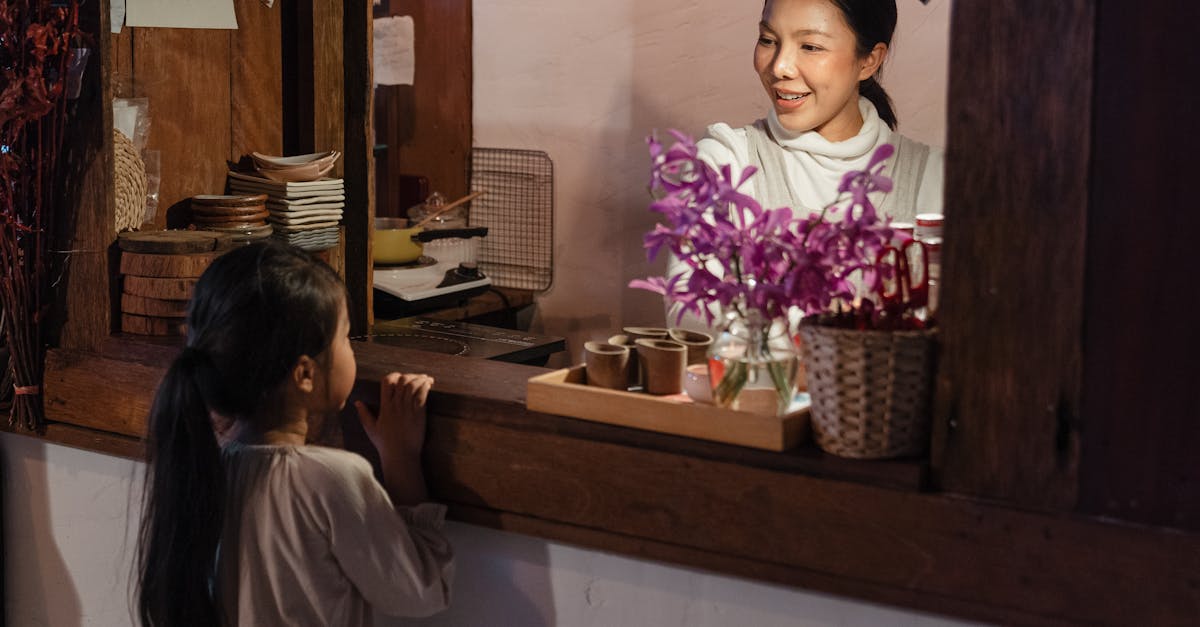
Creating Stylish Yet Practical Home Environments
- September 30, 2024
- 3 min Read
- Views 754
Creating Stylish Yet Practical Home Environments
In today's fast-paced world, creating stylish yet practical home environments has become a top priority for many homeowners. Balancing aesthetics with functionality can be a daunting task, but with the right approach, you can design a space that is both visually appealing and highly practical.
Understanding Your Space
The first step in creating stylish yet practical home environments is to understand your space. This involves evaluating the size, shape, and natural light of each room. Make a list of what you need from each space—whether it's a cozy reading nook, a functional kitchen, or a versatile living room.
When planning your design, consider the flow of the house. How do you move from one room to another? Is there a natural progression, or do you need to create one? These considerations will help you create a cohesive and practical layout.
Selecting the Right Furniture
Furniture plays a crucial role in creating stylish yet practical home environments. The key is to choose pieces that are both beautiful and functional. Look for furniture that offers storage solutions, like ottomans with hidden compartments or coffee tables with drawers.
Opt for versatile pieces that can serve multiple purposes. A sofa bed in the guest room, for example, can provide a comfy seating area by day and a cozy place to sleep by night. Invest in quality pieces that will stand the test of time, both in terms of durability and style.
Color Schemes and Textures
The next step in creating stylish yet practical home environments is to decide on a color scheme and textures. Neutral colors can provide a timeless backdrop for your space, allowing you to change up accents and accessories easily. However, don't be afraid to incorporate pops of color to add interest and personality.
Textures are equally important. Mixing materials like wood, metal, and fabric can add depth and dimension to your space. Consider using throw pillows, rugs, and curtains to introduce a variety of textures that complement your overall design theme.
Guide Steps
- Assess Your Needs: Identify the primary functions of each room. What activities will take place? This will guide your design choices.
- Plan Your Layout: Sketch out a floor plan considering the flow and usability of each area.
- Choose Essential Furniture: Select foundational pieces that provide both comfort and functionality.
- Select a Color Palette: Choose colors that create the mood you desire but also consider practicality (e.g., easy to clean).
- Incorporate Storage Solutions: Utilize clever storage options to keep your home organized and clutter-free.
- Add Personal Touches: Decorate with items that reflect your personal style and preferences, making the space uniquely yours.
FAQ
Q: How can I make small spaces both stylish and practical?
A: Utilize multi-functional furniture, keep the color palette light to make spaces appear larger, and incorporate vertical storage solutions to maximize space.
Q: How do I balance aesthetics and practicality when choosing furniture?
A: Look for pieces that serve multiple purposes, such as a stylish coffee table with hidden storage, and prioritize quality materials that are both durable and visually pleasing.
Q: What are some ways to incorporate personal style into a functional home design?
A: Use personal items like family photos, travel souvenirs, and artwork to add character. Additionally, choose colors and materials that resonate with your personal taste.
Tags: Home Environment, Practical Design, Stylish Home, Interior Design Tips, Functional FurnitureReferences:
HGTV | Architectural Digest | IKEAPeople Also View
-
1October 09, 2024
-
2October 01, 2024
-
3October 09, 2024
-
4October 02, 2024
-
5October 01, 2024
Categories
- Near Me 2147 Posts
- How To 548 Posts
- Where To 257 Posts
- Why 90 Posts
- How Much 97 Posts
- Travel 202 Posts
- Food And Drink 815 Posts
- Shopping 797 Posts
- Lifestyle 1050 Posts
- Automotive 364 Posts
- Digital Income 70 Posts








